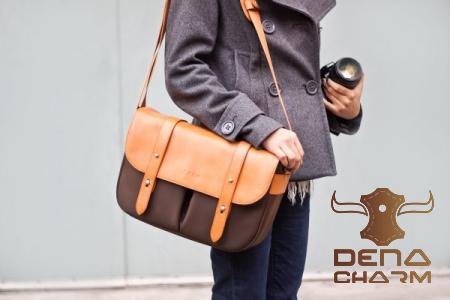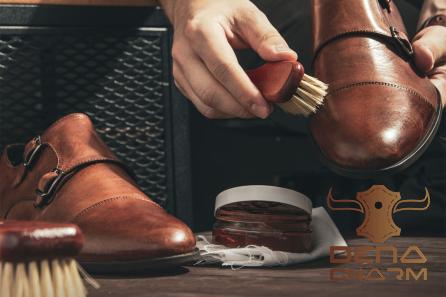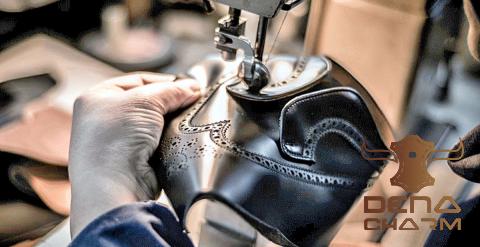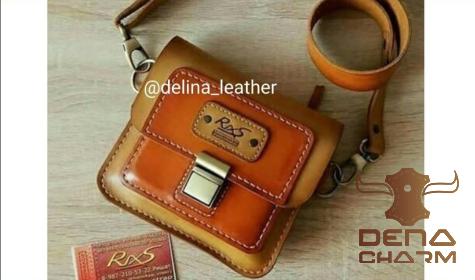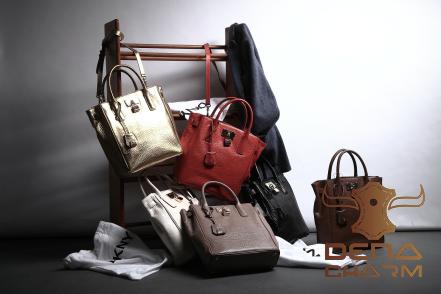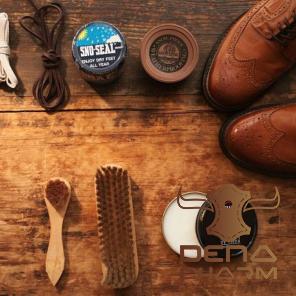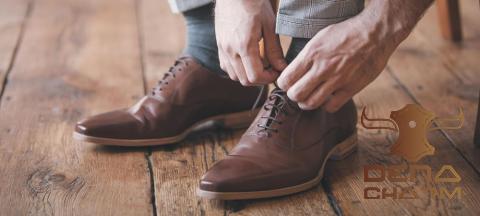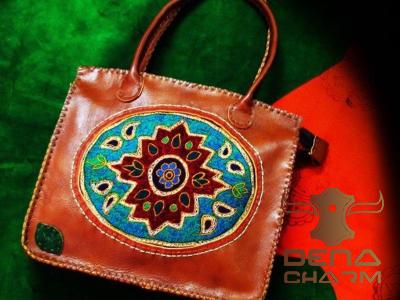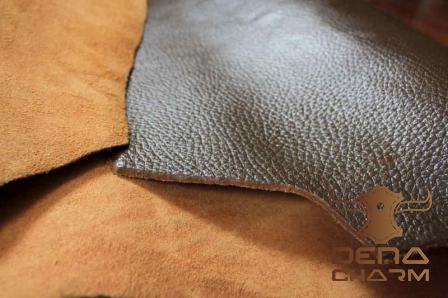Which One is the Right Choice for You? Introduction: When it comes to leather products, it’s essential to understand the different types available in the market. Full grain leather and genuine leather are two terms that are often used interchangeably, causing confusion among consumers. However, there are significant differences between the two that can greatly impact the quality, durability, and overall value of your leather goods. In this article, we will discuss the disparities between full grain leather and genuine leather, highlighting the advantages and disadvantages of each, allowing you to make an informed decision. Discuss Full Grain Leather vs Genuine Leather: Full Grain Leather: Full grain leather is considered the highest quality leather available in the market. It is made from the top layer of the hide, which retains the natural grain, thereby preserving the inherent characteristics and unique imperfections of the animal’s skin. Full grain leather undergoes minimal processing and maintains its natural texture, strength, and durability. It ages beautifully over time, developing a rich patina, which adds to its visual appeal. Genuine Leather: On the other hand, genuine leather is a broader category that encompasses various types of leather, including full grain. Genuine leather is made using the layers beneath the top-grain, often bonded together using adhesives and artificial finishes. While it is still considered real leather, it is important to note that genuine leather lacks the superior quality, durability, and longevity of full grain leather. The Highest Quality of Full Grain Leather vs Genuine Leather: The primary distinction between full grain leather and genuine leather lies in the quality and manufacturing process. Full grain leather retains the natural grain, scars, and blemishes of the animal hide, ensuring a more authentic and luxurious feel. Its durability is unmatched, as it can withstand wear and tear for a lifetime with proper care. Genuine leather, although real, is a step down in terms of quality due to the addition of other leather layers, finishes, and artificial treatments. Advantages and Disadvantages of Full Grain Leather vs Genuine Leather: Advantages of Full Grain Leather: 1. Superior Quality: Full grain leather is the epitome of luxury and durability. Its untouched surface allows for the unique texture and natural markings to be prominently displayed, giving each piece a one-of-a-kind appeal. 2. Longevity: The robust nature of full grain leather makes it incredibly long-lasting. It can effortlessly withstand daily use, retaining its appearance and structural integrity over time. With regular maintenance, it can last for generations. 3. Breathability: Unlike many synthetic materials, full grain leather is highly breathable. It allows air to pass through, making it comfortable to wear in various weather conditions. This breathability also helps to prevent the formation of odor-causing bacteria. Disadvantages of Full Grain Leather: 1. Cost: Full grain leather is the most expensive type of leather available. Its high quality and durability come at a premium price, making it less accessible to budget-conscious individuals. 2. Aging and Patina: While many consider the aging process of full grain leather as an advantage, some individuals may not appreciate the natural changes and patina that occur over time. As the leather ages, it may develop scratches, marks, and variations in color. Advantages of Genuine Leather: 1. Affordability: In comparison to full grain leather, genuine leather is more budget-friendly. It offers a real leather feel at a more accessible price point. 2. Variety: Genuine leather encompasses a broad range of leathers, allowing for a wide variety of finishes and textures. This diversity makes it easier to find a leather product that suits your unique preferences. Disadvantages of Genuine Leather: 1. Lower Durability: Due to the additional layers, bonding, and finishing processes involved in manufacturing genuine leather, it is less durable compared to full grain leather. It may show signs of wear and tear more quickly and may require periodic maintenance to retain its appearance. 2. Aesthetic Appeal: Genuine leather lacks the natural grain pattern and distinctive look of full grain leather. The artificial finishes applied may result in a less authentic appearance, detracting from the overall aesthetic appeal. Conclusion: Choosing between full grain leather and genuine leather ultimately depends on your priorities and budget. Full grain leather stands out as the superior choice in terms of quality, durability, and overall value. Its price may be higher, but the investment pays off in the long run. Genuine leather, while less expensive, falls short in terms of durability and authenticity. By understanding these differences, you can make an informed decision when selecting your next leather product. Whether it be a pair of shoes, a bag, or furniture, opting for full grain leather ensures unparalleled quality and timeless elegance.
